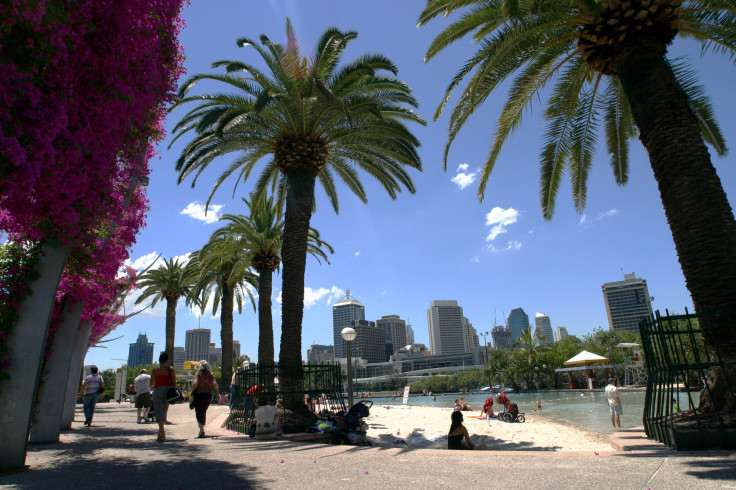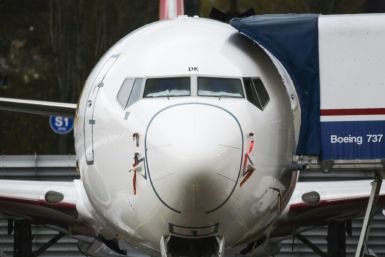Many of Brisbane's more expensive suburbs among biggest losers in property stakes

A number of more costly suburbs in Brisbane are among the biggest losers in the property stakes, according to a Real Estate Institute of Queensland (REIQ) report rating performance in 2017. Highgate Hill, Milton, Kelvin Grove and West End have seen the biggest sales price drop.
The Sunshine Coast and the Gold Coast outshined Brisbane in terms of house price growth. The Gold Coast saw a total jump in the median sale price of 7.7 percent. The Sunshine Coast recorded 5.9 percent, while Brisbane managed an average of 2.6 percent.
Wilston, New Farm and Taringa also suffered sales price declines in the inner-city ring. Highgate Hill recorded a median price plunge of 17.9 percent year-on-year to $937,500.
Milton's median price dropped 11.4 percent to $855,000. The median sale price in Kelvin Grove dropped 7.9 percent to $764,750 and West End fell 6.3 percent to $1,030,500.
Meanwhile, some Brisbane suburbs saw strong growth. Kangaroo Point and Kalinga, for instance, saw median sale prices rising 28.4 percent and 22.5 percent respectively. Teneriffe in the city's inner-north was hailed the first $2 million suburb in Brisbane last year with a median sale price of $2.4 million.
Inconsistencies in price growth could be linked to "supply issues." The ABC reports REIQ media manager Felicity Moore as saying, "When you see a price soften significantly, it could be that there's an additional level of stock developed, such as house and land packages that meets the level of demand."
In early March, capital city home prices held steady for a third consecutive week. Prices were unchanged across the country’s five mainland state capitals last week in average weighted terms, according to CoreLogic. There were small increases in Brisbane and Perth.
The REIQ report also indicates that the mining downturn continued to affect parts of central Queensland. The median sale price in Blackwater fell 70 percent to only $36,000 last year. The figure was down from $120,000 in 2016. The average sale price five years ago was at $450,000.
Moore recognised it as a “very sad situation” but said there is good news on the horizon. "The global body that monitors coal demand is forecasting that from 2022 there's going to be a global uptick in demand, so in anticipation of that we're seeing some coal miners pull some smaller mines out of mothballs,” she said, adding that there is a level of confidence coming back into the coal sector.






